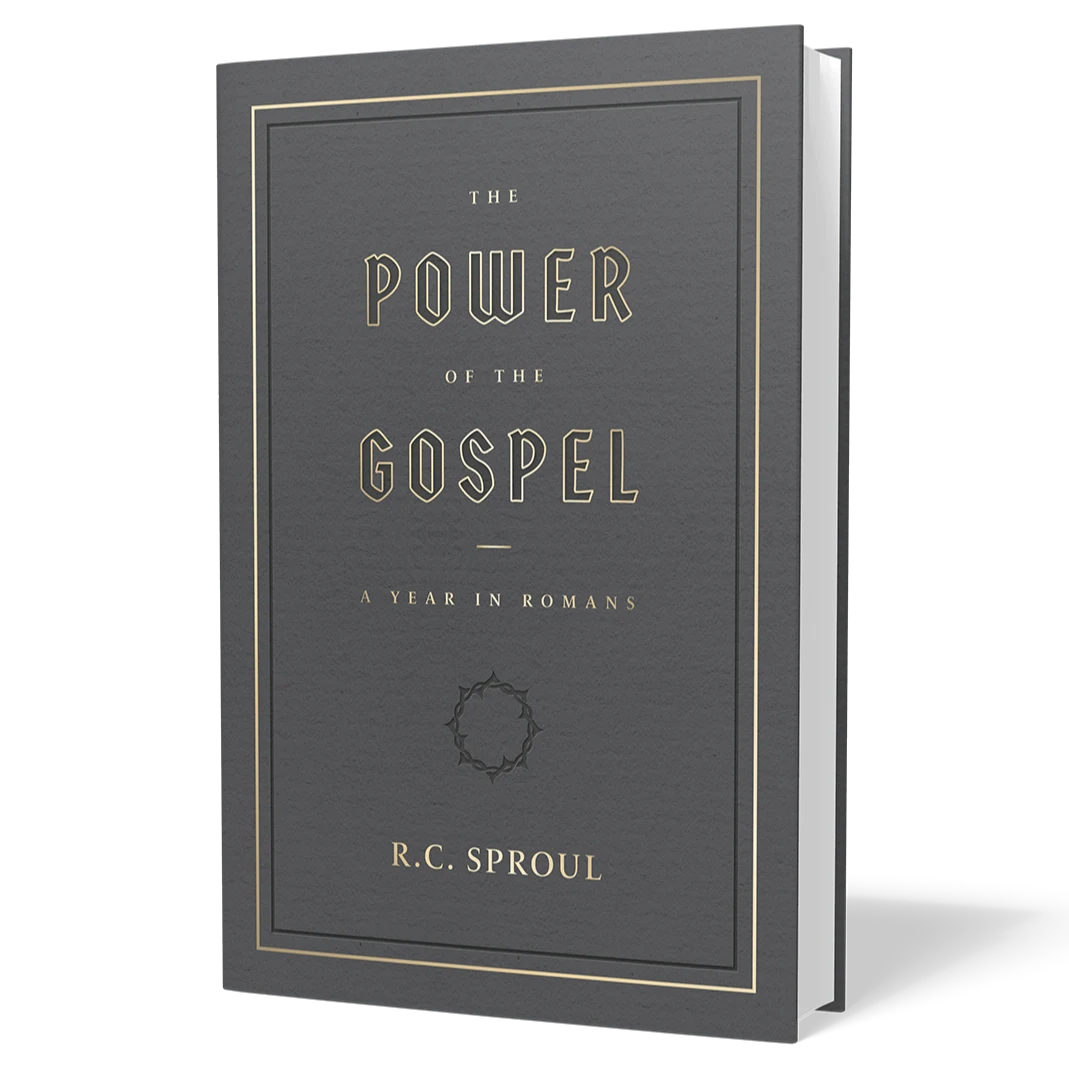
Building on the covenantal foundation set down in the Pentateuch, the pre-exilic prophets lamented that Israel was breaking God’s covenant and called on them to repent. They warned the people that if they did not repent God would pour out upon them the curses of the covenant, including the ultimate curse of exile. Yet even in the midst of their dire warnings, judgment is not their final word. Although they anticipate that their warnings will not be heeded and that exile will be the result, they also look beyond the exile with hope toward a period of restoration.
The exilic prophets were given the task of explaining to the people why such a disaster had befallen God’s chosen ones. The exilic prophets point to the repeated violations of the covenant. The exile occurred because Israel sinned against God. Yet judgment is not the final word for the exilic prophets either. Hope remains. The exilic prophets also look forward to restoration beyond the exile. Finally, the post-exilic prophets also have to explain to the people why restoration has not come in its fullness. They too call the people to covenant faithfulness, reminding Israel that continued disobedience will result in judgment rather than blessing. They continue to look forward to further restoration, to the coming of the Messiah, and to the establishment of his kingdom in its fullness.
In this post, we will look at several passages from the prophets that provide great insight into the person and work of the coming Messiah—the Christ.
Isaiah 6–12
The unifying theme of Isaiah 6–12 is the coming Messianic king. Chapters 6 and 12 frame the entire subsection, with chapter 6 telling of the call and cleansing of Isaiah and chapter 12 recording the song of salvation sung by the saved community. The subsection begins with the death of King Uzziah, the embodiment of the Davidic house. Chapters 7–11 then center on the coming of a holy and divine monarch. The two kingships, the divine and the Davidic, will ultimately merge in a Messianic King from the house of David (cf. 7:14; 9:6–7; 11:1–10).
The historical context of chapters 7–12 is the threat to Judah caused by the alliance of Syria and Israel in 735 B.C. This anti-Assyrian coalition invaded Judah, but was unable to overpower it ( This anti-Assyrian coalition invaded Judah, but was unable to overpower it ( This anti-Assyrian coalition invaded Judah, but was unable to overpower it (2 Kgs. 16:5; cf. 2 Chron. 28:5–8). In their second invasion of Judah, Syria and Israel determined to replace Judah’s king, Ahaz, with a king of their own choosing (7:6; cf. 2 Chron. 28:17). Because Ahaz is tempted to turn to Assyria for assistance (cf. 2 Kgs. 16:7–9), Isaiah comes to him telling him that he need not fear Israel and Syria and that he must trust in God (7:3–9). The issue, as Alec Motyer explains, is clear: “will Ahaz seek salvation by works (politics, alliances) or by simple trust in divine promises?”
It is in this context that the Lord offers to give Ahaz a sign of his trustworthiness (7:10–11). Ahaz feigns piety and refuses the sign (vv. 12–13). Apparently, he has already decided to place his trust in Assyria, but the Lord promises a sign anyway in verses 14–17.
Therefore the Lord himself will give you a sign. Behold, the virgin shall conceive and bear a son, and shall call his name Immanuel. He shall eat curds and honey when he knows how to refuse the evil and choose the good. For before the boy knows how to refuse the evil and choose the good, the land whose two kings you dread will be deserted. Yahweh will bring upon you and upon your people and upon your father’s house such days as have not come since the day that Ephraim departed from Judah—the king of Assyria.
Because of Ahaz’s refusal to trust God, the sign is no longer a sign inviting faith. It is a sign confirming God’s displeasure.
The “you” to whom the sign is to be given is plural, suggesting that the sign is to be given to the house of David (cf. v. 13). It should also be observed that the time of the birth of Immanuel is not explicitly stated in this text. What Isaiah’s words do indicate is that however soon Immanuel is born, the existing threat posed by Israel and Syria will have passed before the child is even able to be aware of it. According to Matthew 1:18–23, the birth of Jesus to Mary fulfilled this prophecy.
After declaring that the nation in whom Judah trusted for deliverance would turn against Judah (8:5–10), and after calling upon Judah to trust in God (8:11–22), Isaiah again points forward to the coming Messiah (9:1–7). Verses 2–3 describe the unbounded joy of the people. This joy is due to their deliverance from oppression (v. 4), and their deliverance from oppression is due to the end of all war (v. 5). But how will God end war? He will accomplish this through the birth of a child (vv. 6–7).
For unto us a child is born, to us a son is given; and the government shall be upon his shoulder, and his name shall be called Wonderful Counselor, Mighty God, Everlasting Father, Prince of Peace. Of the increase of his government and of peace there will be no end, on the throne of David and over his kingdom, to establish it and to uphold it with justice and with righteousness from this time forth and forevermore. The zeal of Yahweh of hosts will do this.
This prophecy looks forward to the fulfillment of the Immanuel sign with the coming of Jesus (cf. Matt. 1:18–23). As Motyer explains, “The perfection of this King is seen in his qualifications for ruling (Wonderful Counselor), his person and power (Mighty God), his relationship to his subjects (Everlasting Father) and the security his rule creates (Prince of Peace).” The reign of this Messianic king will have no end. He will be the final king who will once and for all replace unfaithful kings like Ahaz. God’s purpose to establish his kingdom on earth will be accomplished through this Messianic King.
Isaiah 52:13–53:12
Isaiah 52:13 – 53:12 is the fourth so-called “Servant Song” in the Book of Isaiah (The first three are found in 42:1–4; 49:1–6; and 50:4–9.) Suffering, which had been hinted at in the previous Servant Songs, is revealed to be the means by which this servant of God will deliver his people from sin. This song is divided into five stanzas of three verses each.
The first stanza (52:13–15) begins with God’s threefold exaltation of the servant. He shall be “high” and “lifted up” and “exalted” (v. 13). This points to one who has great dignity and honor, but the exaltation in this first verse is immediately followed by a description of astonishment at the servant caused by a degree of suffering so great that he is barely recognizable as human (v. 14). Somehow, the servant’s suffering will have universal effects. He will “sprinkle many nations” and kings will submit to him, for they will finally know and understand the truth (v. 15).
The second stanza (53:1–3) is the first of three describing in more detail the suffering and humiliation of the servant. He is the “arm of Yahweh,” the one who is the salvation of God personified (v. 1; cf. 52:10). But who can believe this (v. 1)? He is born and raised as any other human child, and he is unimpressive to look at (v. 2). He is a man of sorrows who is despised and rejected by men (v. 3). The reason for his sorrow is explained in the third stanza (43:4–6), which explains the nature and purpose of the servant’s suffering.
In the first place, his suffering is something that is uniquely his. He is alone. He bears our grief and carries our sorrows (v. 4). Upon him is laid the iniquity of us all (v. 6). Secondly, his suffering is substitutionary in nature. He is wounded for our transgressions and is crushed for our iniquities, and it is by his stripes that we are healed (v. 5). Thirdly, his suffering is the will of God. It is God who places upon the servant all of our iniquity and sin (v. 6).
The fourth stanza (53:7–9) describes the servant’s voluntary acceptance of death. He is compared to a lamb led to slaughter or a sheep led to its shearers (v. 7), but what distinguishes him from a lamb or a sheep and thus from any animal sacrifices is that he goes knowingly and willingly to his death. He is “cut off out of the land of the living” (v. 8). In other words, he is executed. And his death is “for the transgression of my people” (v. 8). In other words, his death is a substitutionary sacrifice. From his death, Isaiah moves to a description of his burial (v. 9). This verse concludes by emphasizing the fact that the servant’s suffering is not due to any sin on his own part. The servant himself is without sin.
The final stanza (53:10–12) describes the triumph of the servant. The one who suffered, died, and was buried is now described as one who is alive. It was the will of the Lord to crush his servant, whose suffering is described in terms of a “guilt offering” (v. 10ab). Now it is the will of the Lord to prosper him (v. 10c). The guilt offering of the righteous servant removes the iniquities of his people and extends his own righteousness to them (v. 11). The servant shall “make many to be accounted righteous.”
The great victory of the servant is summed up in verse 12. He is the one who pours out his soul to death and bears the sin of many. In short, the problem of sin will be dealt with through the substitutionary death of a sinless servant of God. This is a glorious prophecy of the redemptive work of Jesus.
Daniel 7
The vision recorded in the seventh chapter of Daniel is central to the book, and understanding it is crucial to grasping the meaning of a number of otherwise obscure passages in the New Testament. Daniel received this vision in the first year of Belshazzar (v. 1), so it occurred sometime after the events of chapter 4 but before the events of chapter 5. In the vision, Daniel sees the winds of heaven stirring up the sea (v. 2). From the sea, he witnesses four great beasts arise, each different from the other (v. 3). The first beast is like a lion with eagles’ wings (v. 4). Its wings are removed and it is made to stand on two feet like a man. The second beast is like a bear (v. 5). It is raised up on one side and has three ribs in its mouth. The third beast is like a leopard (v. 6), but it has four wings and four heads. The fourth beast is almost indescribable (v. 7). It is terrifying and strong. It devours with its iron teeth and crushes what is left with its feet. It also has ten horns. As Daniel considers the horns, he sees a little horn arise among the ten (v. 8). The little horn has the eyes of a man and a mouth speaking great things.
In the remainder of the vision, Daniel witnesses a scene of divine judgment at the very throne of God. As he looks on, the Ancient of days takes his seat on his throne (v. 9). As tens of thousands stand before God, the books are opened and the court sits in judgment (v. 10). As the little horn is speaking, the fourth beast is killed and its body given over to be burned with fire (v. 11). The dominion of the remaining beasts is taken away, but their lives are spared for a time (v. 12). Daniel then sees “one like a son of man” coming with the clouds of heaven to the Ancient of days (v. 13). The one like a son of man is presented before the Ancient of days and to him is given “dominion and glory and a kingdom, that all peoples, nations, and languages should serve him” (v. 14a). His is “an everlasting dominion, which shall not pass away, and his kingdom one that shall not be destroyed” (v. 14b). In the remainder of the chapter, an angelic being interprets Daniel’s vision giving particular attention to the fourth beast (vv. 15–28).
The parallels between the vision of chapter 7 and the dream in chapter 2 are obvious. In both cases, a symbolic image is used to reveal a succession of four earthly kingdoms, which are judged and followed by an everlasting kingdom established by God. There is much debate over the identity of the four kingdoms. The traditional view is represented by John Calvin, who identifies the four beasts as the Babylonian, Medo-Persian, Greek, and Roman Empires respectively. According to Calvin, then, the establishment of God’s kingdom occurred at the first advent of Christ.
The coming of one like a son of man to the Ancient of days (vv. 13–14) is the climactic section of this vision, and it is of crucial importance. Much confusion has been caused by the assumption that this text is a prophecy of the Second Coming of Christ. The context precludes such an interpretation. The vision itself is a vision of the heavenly throne room. After God is seated at his throne, the court sits in judgment and the books are opened (v. 10). The fourth beast is then judged and destroyed, while the remaining beasts are given a temporary reprieve (vv. 11–12). This sets the stage for Daniel’s vision of the one like a son of man.
In verse 13, Daniel witnesses “one like a son of man” come with the clouds of heaven to the Ancient of days (who is seated in the heavenly throne room) to be presented before him. The Aramaic phrase bar ‘enash, literally translated “son of man,” is a Semitism that simply means “human being.” What Daniel sees, then, is one “like a human being,” as opposed to another beast “like a bear” or “like a leopard.” This one like a son of man comes to the Ancient of days and is presented before him (v. 13). The “coming” that is seen in this vision, then, is not a coming of God or a coming of the one like a son of man from heaven to earth. It is a coming of one like a son of man to God who himself is seated in heaven on his throne. The direction of the movement is not from heaven but towards heaven. It is for this reason that this vision is not a prophecy of the Second Coming of Jesus from heaven to earth. Rather, as Calvin long ago explained, it is better understood as a prophecy of Christ’s ascension to the right hand of God after his resurrection (See Acts 1:9–11; 2:33; 5:31).
The one like a son of man is presented before the Ancient of days for the purpose of his investiture. When he is presented before the Ancient of days he is given a dominion and a kingdom that all should serve him (v. 14a). This kingdom given to one like a son of man is to be everlasting (v. 14b). As in the vision of Daniel 2, we see here a depiction of four human kingdoms followed by the establishment of God’s eternal kingdom. Both texts seem to indicate that God’s kingdom will be established at the time of the fourth human kingdom (Rome). This is, in fact, what the New Testament tells us happened at the first advent of Christ when He was given all authority in heaven and on earth (Matt. 28:18).
Conclusion
In our next post, we will look at some of the most important texts in the New Testament that reveal to us who the Messiah is and what He has accomplished for us and for our salvation.
This article is part of the Introduction to Orthodox Christology collection.


